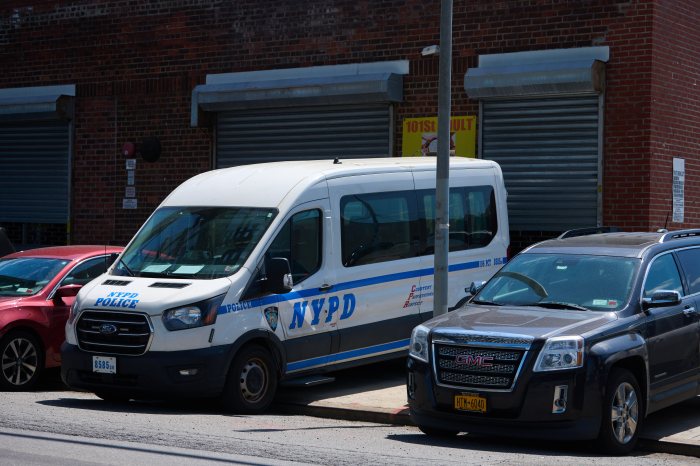
Gov. Andrew M. Cuomo’s controversial plan to close subway stations for extended periods of time to undergo complete rehabilitations earned New York City Transit President Andy Byford’s endorsement on Tuesday.
Byford’s approval followed a crescendo of uproar against the ongoing $1 billion program, known as the Enhanced Station Initiative, or ESI, which peaked last month when MTA board opposition led the MTA to delay votes on several of the 33 stations identified for the construction. With the Transit president’s endorsement, the board on Thursday will again be asked to vote on ESI repairs.
The program, part of New York City Transit’s $16 billion capital budget, has been derided by elected officials and transit advocates for what they say is the prioritizing of cosmetic fixes over upgrades that would either improve train performance or add elevators to the city’s notoriously inaccessible subway system. ESI work includes new lighting, artwork, digital display screens and tiling.
Byford built his support of the program around what he called an “in-depth” review of the agency’s capital work. His reasoning closely aligned with the rationale of MTA Chairman Joe Lhota.
The stations selected, — based on an internal 2012 station condition survey that some board members said they’ve never seen, — are in dire need of improvements, he said, adding that the MTA is working to add elevators to other stations.
“You do need to look at the whole program,” Byford said, speaking of the MTA’s capital plan. “Because, initially, I was perplexed as to why elevators wouldn’t be included. But I now understand that they are, via different means, via different programs. And in any case these ESI packages contained a lot of state-of-good-repair work that could not be ignored any longer.”
At the stations selected for the ESI work, 40 percent of components were rated as not in a state of good repair, Byford said, referencing the study. The average across the system was 28 percent.
There are station projects either ongoing or planned at 258 of the MTA’s 472 stations, which include another 913 platforms and 1,100 mezzanines — more than any transit agency in the world. The MTA’s Transit branch is currently utilizing $3.3 billion of its capital spending on station construction. Another $1 billion is dedicated to improving access in compliance with the Americans with Disabilities Act.
Only about 20 percent of stations are compliant. Advocates have argued that the MTA’s only real, comprehensive plan to add elevators stemmed from a lawsuit settlement in the 1990s. And the agency is close to finishing work under that plan, with 13 of 110 stations remaining and no strategy beyond that.
In what appears to be an olive branch to those advocates and skeptical board members, Byford said the MTA will commission a consultant to evaluate “the cost and practicability of making every remaining station accessible.”
“The goal of that survey will be to understand the cost and complexity of making those locations accessible,” Byford said. “And that can then afford future capital programs and give us an insight into how much that’s going to cost and what the scale of the challenge is.”
One of the most vocal critics of the Enhanced Station Initiative on the board, city DOT Commissioner Polly Trottenberg, asked for access to the 2012 document as well as a new survey to outlined costs and needs for repair work at stations.
“Part of what we’re having disputes about here is not that we don’t think everything should be fixed. It’s just there isn’t money to fix everything at once,” Trottenberg said. “If we had that clear: here’s all the stations, here’s what it would cost to get them into a state of good repair and fully accessible … that would help us all have a really fruitful discussion here.”

















